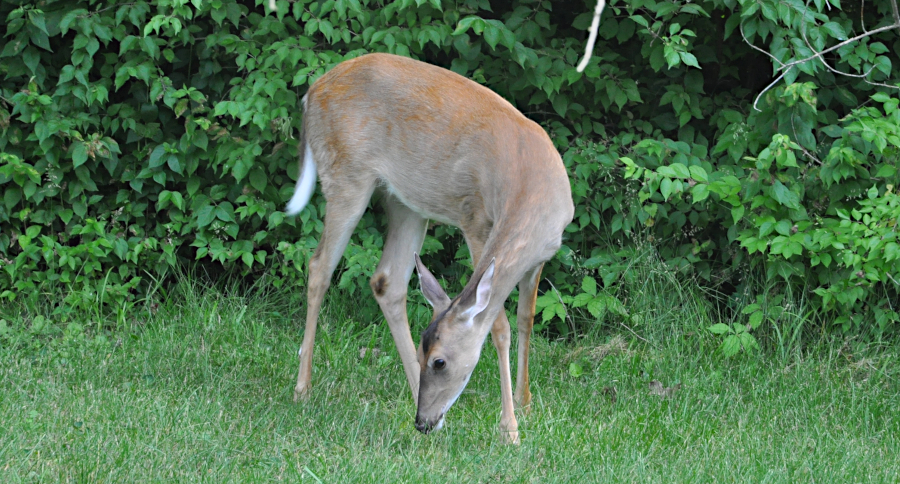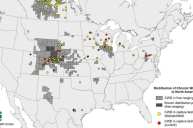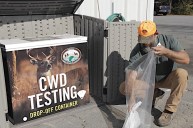Researchers may be able to deploy new tools against CWD thanks to recent findings.
Chronic wasting disease or CWD has become a huge problem for state wildlife agencies in recent years. The always-fatal neurological prion disease affects deer, elk, and moose and has been found in 26 states so far. Now, researchers at the Texas A&M University College of Veterinary Medicine and Biomedical Sciences (CVM) say they have developed new genomic tools that may help them predict a whitetail deer's response to the disease.
They also say that their research may allow deer farmers to breed deer with more resistance to the disease.
According to Texas A&M Today, the research has been led by associate professor of genomics, Christopher Seabury. It gets rather technical, but Seabury published a research paper about his findings that basically states that a deer's response to the disease can be passed on to offspring. That means that deer with a higher tolerance rate are more likely to produce fawns that are also more resistant to it.
In their findings, they note that another prion disease known as Scrapie, that affects goats and sheep has seen an 85 percent reduction in cases thanks to special eradication efforts. This has researchers wondering if they can do the same for deer with a selective breeding program.
While a longer-term focus may be on wild deer populations, for now the focus will be on helping deer farms. This is relevant since the disease has often been found in captive deer herds before spreading to wild populations. In many cases, wildlife officials have had to destroy entire captive herds in containment efforts. The captive deer industry has come under repeated attacks for these types of outbreaks, but the researchers are hoping they can change that.
"White-tailed deer are very adaptable and prolific; often reappearing in free-ranging areas where depopulation or herd reduction was attempted to control CWD," Seabury told Texas A&M Today. "Additionally, in regions where indigenous anthrax occurs, and has caused wide-spread dead loss among white-tailed deer, managers have often reintroduced white-tailed deer by translocation. Wouldn't you like to be able to select deer for replacement that you felt would reduce the population's overall risk for CWD?"
Seabury also told the publication that he hopes to make some of the testing tools they are developing affordable for wide use and distribution. As CWD continues to cause issues in deer herds across the country, this is encouraging news for turning the tide in the fight. We will keep an eye on this story and bring you new developments as they come in here at Wide Open Spaces.
For more outdoor content from Travis Smola, be sure to follow him on Twitter and check out his Geocaching and Outdoors with Travis YouTube channels.
NEXT: THE AXIS DEER AND HOW THEY'RE IMPACTING PARTS OF THE UNITED STATES
WATCH





